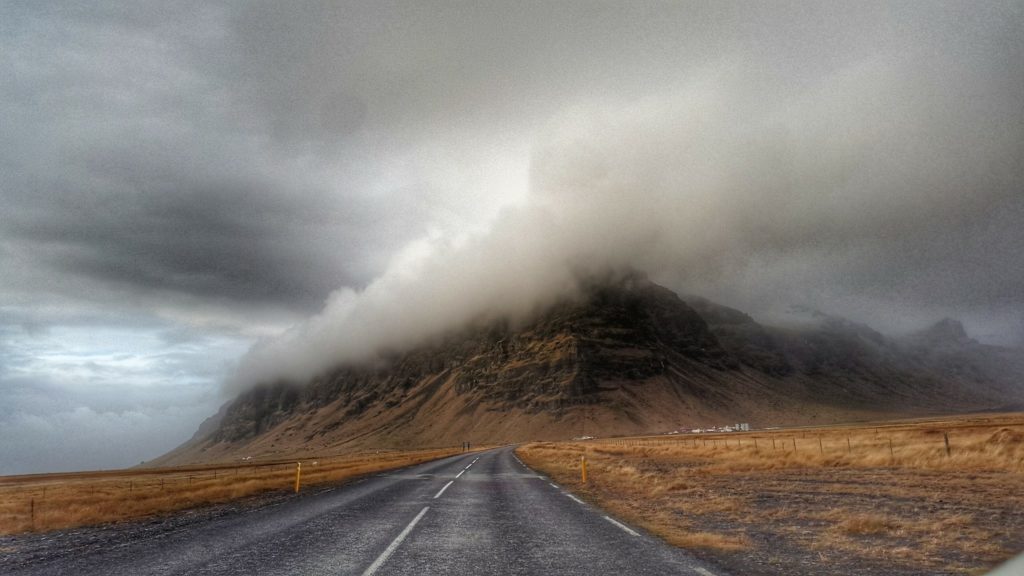There’s no way around it: Change Is Hard.
Whether it’s as monumental as moving to a new city or as seemingly inconsequential as your favorite cereal getting discontinued, it can upend our entire lives. It’s also the one thing we can always depend on. Things are going to change, and there’s nothing we can do about it.
Right?
Well, not exactly. There’s definitely nothing we can do to stop it, but we’re here to tell you in today’s blog post that there are things you can do to come to terms with it and even prepare yourself for it.
Let’s roll up our sleeves and get right to it!
Change is important.
While it may throw a wrench in things and bring up some tricky emotions, a difficult truth to recognize is that change is important.
Change = Creativity
If things stay the same day in and day out, do we have any motivation to alter how we do or approach things? Probably not. In fact, there’s a good chance that, without change, we’d just go about our business in the exact same way we always have for the rest of our days.
That’s called stagnation, and if you’ve ever walked by an old, stagnant pool of water, you’ll know that’s not a good thing.
If something in our situation shifts, though, we are forced to get creative and find a solution to any related problems that arise. More often than not, these creative solutions end up being more effective than what you were doing before!
For a real-world example, let’s use that age-old symbol of uncontrollable change — the weather.
Snowstorms, tornadoes, an unexpected freeze; the weather is undeniably out of our immediate control. It can cause devastation as dramatic as leveling a house or as quiet as blowing over a lawn chair. So, what’s an average human being to do?
“You can’t stop change, but you can darned well prepare for it. “
Preparation Leads to Innovation
Let’s pretend, for a moment, that we’ve got an epic BBQ planned for an important wedding anniversary. Everyone’s going to be there, and you’ve been looking forward to it for months.
So, what do you do when a torrential downpour shows up 30 minutes before the guests do?
Well, if you’ve prepared for this change in weather, you’ve also prepared for a change in plans. The same goes for both the workplace and life in general. You can’t stop change, but you can darned well prepare for it.
Just as meteorologists use analytics and signals in order to predict the weather the best they can, we, too, can find our own signals and trends to look for in order to lay the groundwork for successful adaptation to change.
We may not be looking for changes in barometric pressure, but we can see trends in our work environments that might point to impending change. Perhaps an employee’s efficiency is showing a downward trend, or your business partner has seemed quieter than normal in business meetings — these are all signs that could lead to a significant shift in your work environment, whether it’s losing an employee or a shift in power dynamics. If you’re not prepared for these changes, and if you’re not paying attention to social indicators and red flags, it’s easy to feel blindsided by unexpected change.
Preparation for and attention to change gives us an incredible gift: time.
Time allows us to dream up multiple creative solutions, choose the best option, test it, alter it as needed, prepare for implementation, and ultimately lay the foundation for future innovation.
Innovation — that’s a really big deal. A nice, neat definition of it is “A planned and structured way to bring about positive change, or a conscious process geared toward changing things to improve them.”
“…innovation is a strategic way to change things for the better.”
To put it a little more simply, innovation is a strategic way to change things for the better.
Let’s go back to that BBQ, and let’s imagine that you’ve planned ahead for the event of a torrential downpour. Your plan could look a lot like this:
- Clean out the barn next door, put a deposit down at the local school gym just in case, or secure any other second location ahead of time.
- Contact guests ahead of time who might be willing to help you move tables, chairs, etc., quickly and efficiently.
- Make sure you have any important phone numbers (caterer, DJ, guests, etc.) at the ready if needed
- Communicate with guests about the alternate location, should bad weather occur
Those simple four steps, if they are prepared ahead of time, can save you from a huge amount of stress and despair.
Here’s where the innovation kicks in. As you discuss alternate plans, there’s a very high chance that some fantastic ideas are going to crop up. Does an alternate location have a projector for a slideshow? A dance floor? Maybe your relocation plan uncovered some issues with your original plan and allowed you to perfect those details and make the event even better than what you had initially imagined.
Giving you and your team the gift of time and preparation will sharpen everyone’s reflexes, and train them to cope — and thrive — through change.
A big topic deserves special attention!
Change is nothing to sneeze at, and we’ve got plenty to say about it! Join us for our next blog post, as we dive into the nuts and bolts of coping with constant change.
